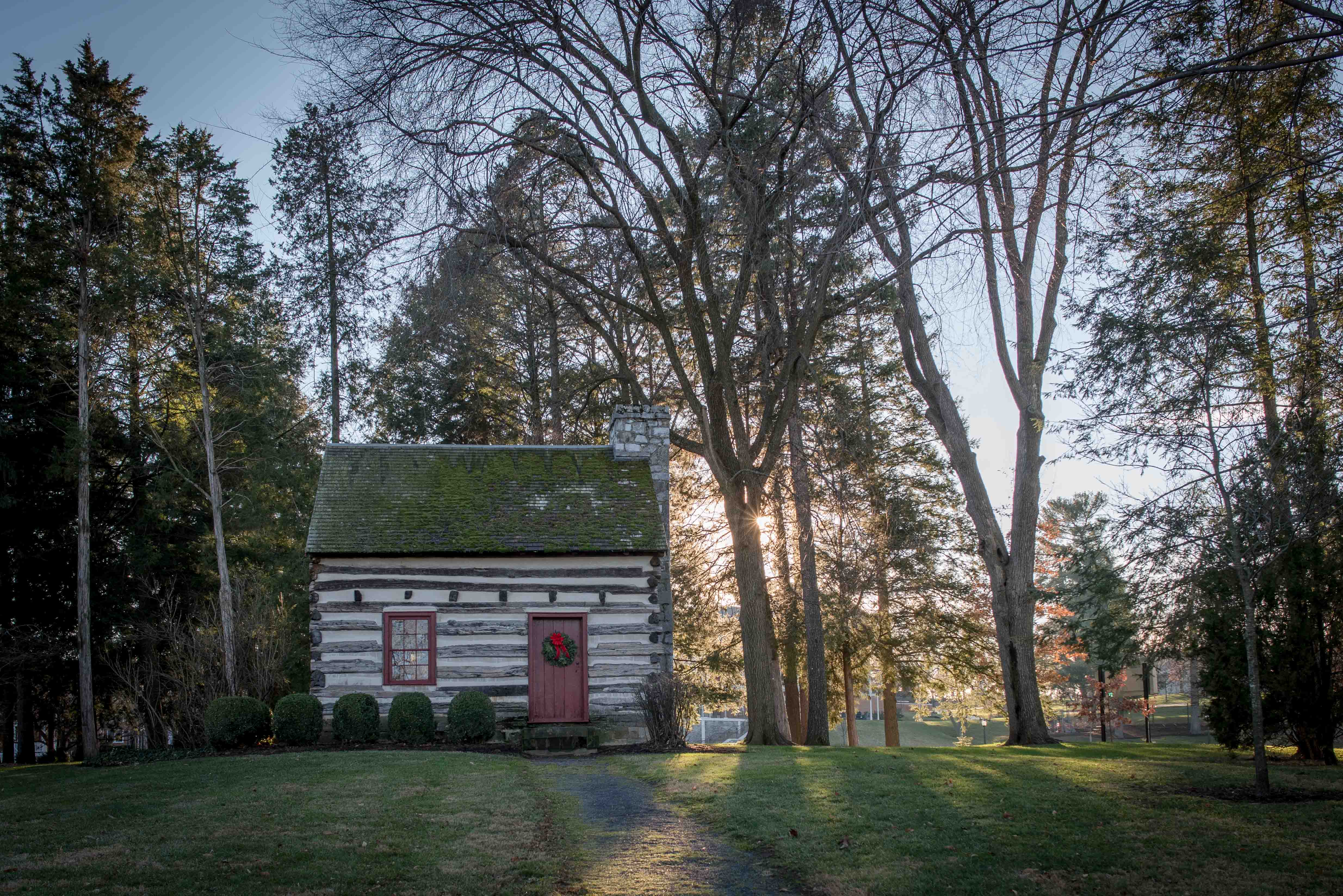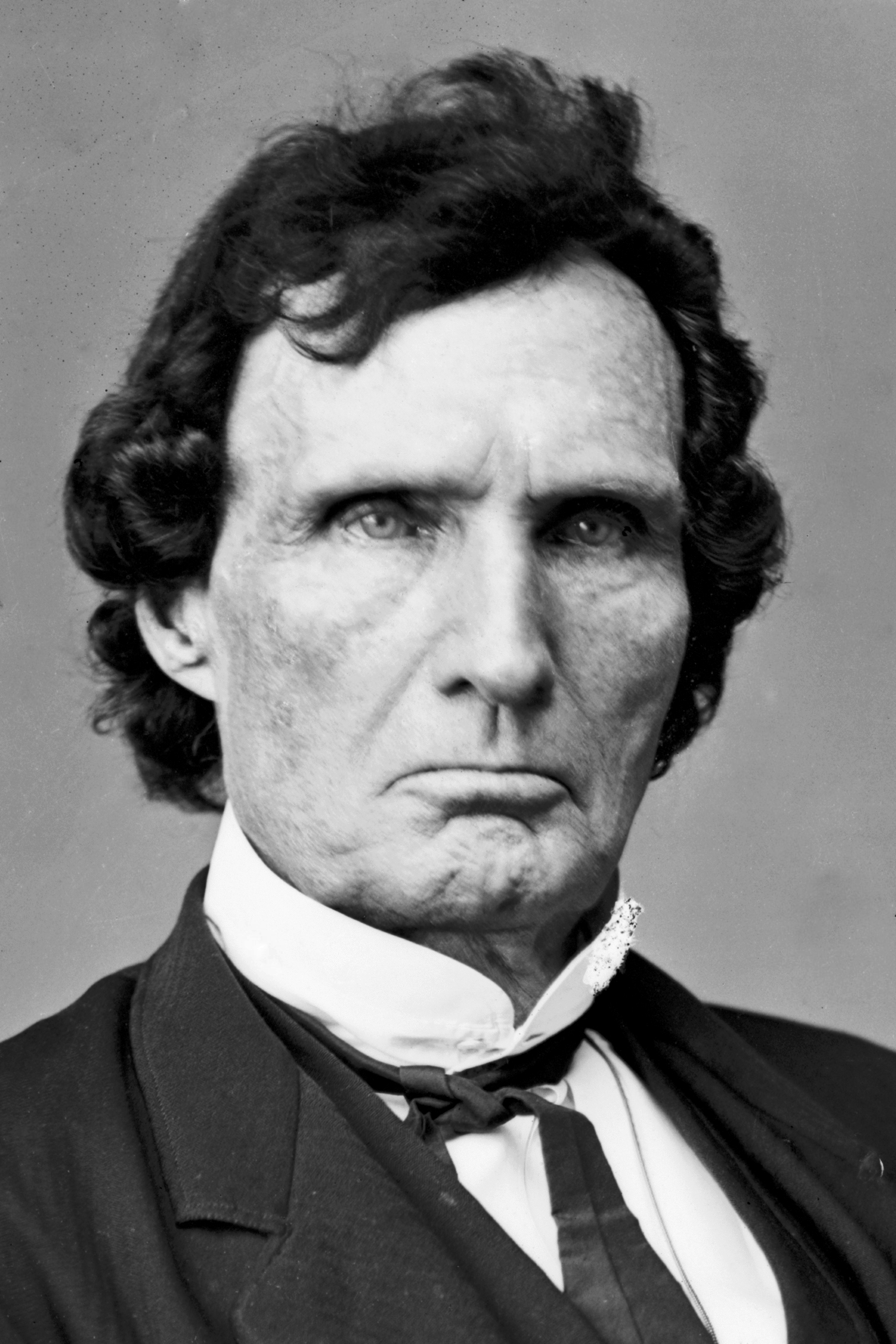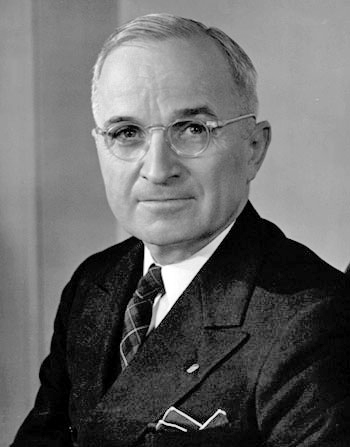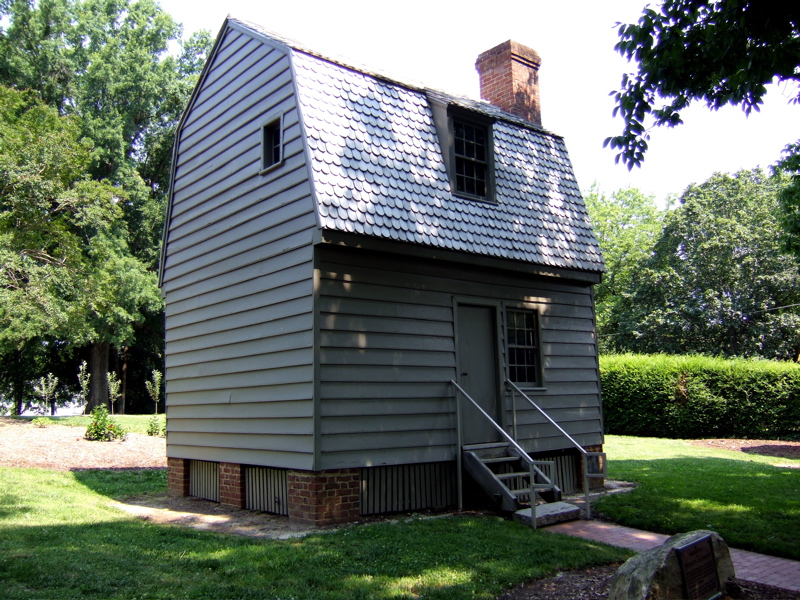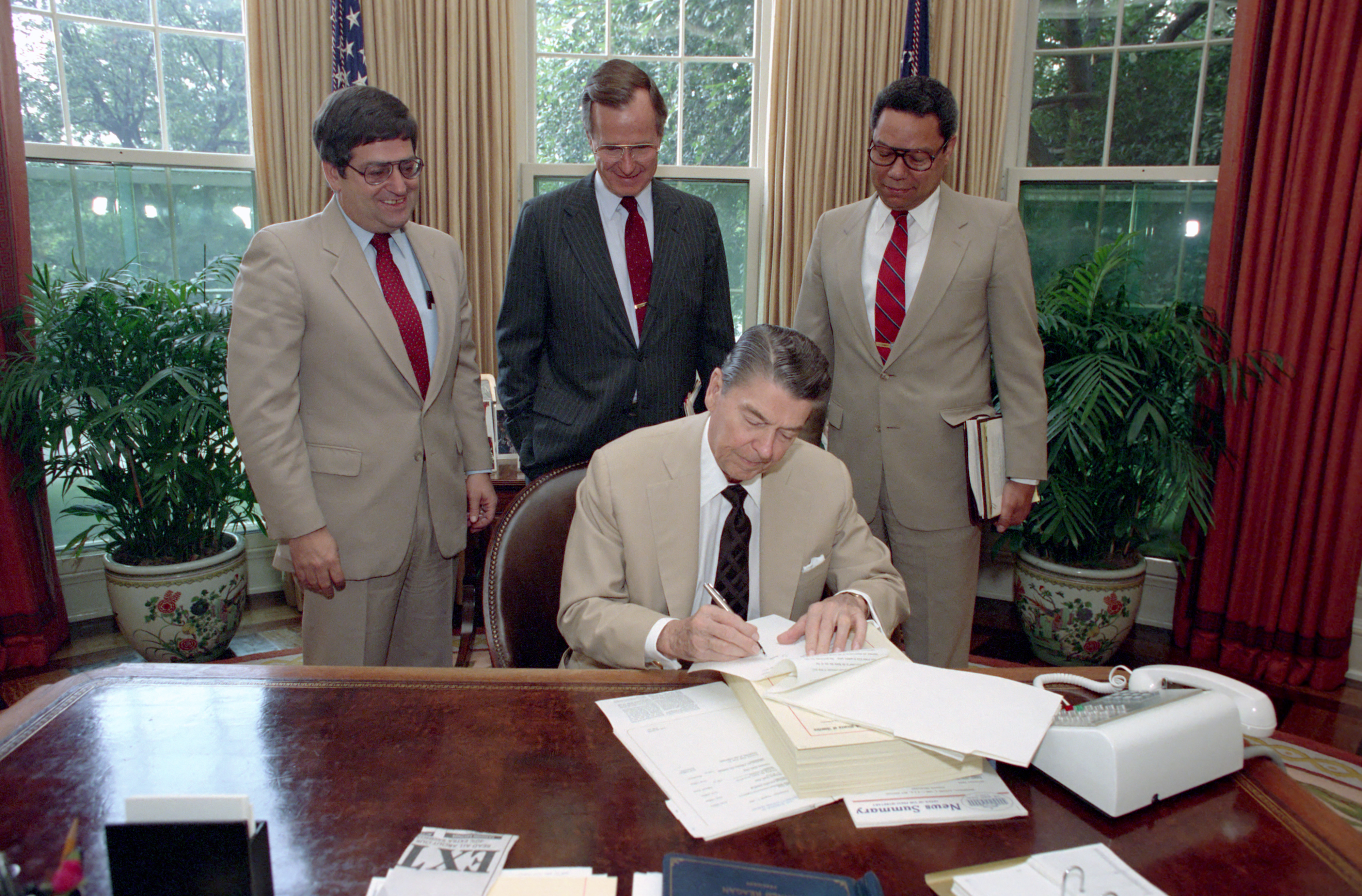|
Territory Of Colorado
The Territory of Colorado was an organized incorporated territory of the United States that existed from February 28, 1861, until August 1, 1876, when it was admitted to the Union as the 38th State of Colorado. The territory was organized in the wake of the Pike's Peak Gold Rush of 1858–1862, which brought the first large concentration of white settlement to the region. The organic legislative act creating the free Territory of Colorado was passed by the United States Congress and signed by 15th President James Buchanan into law on February 28, 1861. This was during the onset of the American Civil War of April 1861 to June 1865. The boundaries of the newly designated Colorado Territory were essentially identical with those of the modern State of Colorado, with lands taken from the four surrounding previous Federal territories of Nebraska, Kansas, New Mexico, and Utah established during the 1850s. The organization of the new territory helped solidify Union control ... [...More Info...] [...Related Items...] OR: [Wikipedia] [Google] [Baidu] |
Organized Incorporated Territories Of The United States
The territory of the United States and its overseas possessions has territorial evolution of the United States, evolved over time, from the colonial United States, colonial era to the present day. It includes formally organized territories, proposed and failed states, unrecognized breakaway states, international and interstate purchases, cessions, and land grants, and historical military departments and administrative districts. The last section lists informal regions from American vernacular geography known by popular nicknames and linked by geographical, cultural, or economic similarities, some of which are still in use today. For a more complete list of regions and subdivisions of the United States used in modern times, see List of regions of the United States. Colonial era (before 1776) Thirteen Colonies * Connecticut Colony * Delaware Colony * Province of Georgia * Province of Maryland * Province of Massachusetts Bay * Province of New Hampshire * Province of New J ... [...More Info...] [...Related Items...] OR: [Wikipedia] [Google] [Baidu] |
James Buchanan
James Buchanan Jr. ( ; April 23, 1791June 1, 1868) was the 15th president of the United States, serving from 1857 to 1861. He also served as the United States Secretary of State, secretary of state from 1845 to 1849 and represented Pennsylvania in both houses of the U.S. Congress. Buchanan was an advocate for states' rights, particularly regarding Slavery in the United States, slavery, and minimized the role of the Federal government of the United States, federal government preceding the American Civil War. Buchanan was a lawyer in Pennsylvania and won his first election to the state's Pennsylvania House of Representatives, House of Representatives as a Federalist Party, Federalist. He was elected to the U.S. House of Representatives in 1820 and retained that post for five terms, aligning with Andrew Jackson's Democratic Party (United States), Democratic Party. Buchanan served as Jackson's List of ambassadors of the United States to Russia, minister to Russia in 1832. He won t ... [...More Info...] [...Related Items...] OR: [Wikipedia] [Google] [Baidu] |
Republican Party (United States)
The Republican Party, also known as the Grand Old Party (GOP), is a Right-wing politics, right-wing political parties in the United States, political party in the United States. One of the Two-party system, two major parties, it emerged as the main rival of the then-dominant Democratic Party (United States), Democratic Party in the 1850s, and the two parties have dominated American politics since then. The Republican Party was founded in 1854 by anti-slavery activists opposing the Kansas–Nebraska Act and the expansion of slavery in the United States, slavery into U.S. territories. It rapidly gained support in the Northern United States, North, drawing in former Whig Party (United States), Whigs and Free Soil Party, Free Soilers. Abraham Lincoln's 1860 United States presidential election, election in 1860 led to the secession of Southern states and the outbreak of the American Civil War. Under Lincoln and a Republican-controlled Congress, the party led efforts to preserve th ... [...More Info...] [...Related Items...] OR: [Wikipedia] [Google] [Baidu] |
Vice President Of The United States
The vice president of the United States (VPOTUS) is the second-highest ranking office in the Executive branch of the United States government, executive branch of the U.S. federal government, after the president of the United States, and ranks first in the United States presidential line of succession, presidential line of succession. The vice president is also an officer in the Legislative branch of the United States federal government, legislative branch, as the president of the Senate. In this capacity, the vice president is empowered to Presiding Officer of the United States Senate, preside over the United States Senate, but may not vote except to List of tie-breaking votes cast by the vice president of the United States, cast a tie-breaking vote. The vice president is indirect election, indirectly elected at the same time as the president to a four-year term of office by the people of the United States through the Electoral College (United States), Electoral College, but the ... [...More Info...] [...Related Items...] OR: [Wikipedia] [Google] [Baidu] |
War Democrat
War Democrats in American politics of the 1860s were members of the Democratic Party who supported the Union and rejected the policies of the Copperheads, or Peace Democrats. The War Democrats demanded a more aggressive policy toward the Confederacy and supported the policies of Republican President Abraham Lincoln when the American Civil War broke out a few months after his victory in the 1860 presidential election. Ohio In the critical state elections in Ohio in 1862, the Republicans and War Democrats formed the National Union Party. This led to victory over the Democrats, led by Copperhead Clement Vallandigham; however, it caused trouble for Radical Republican Senator Benjamin Wade's reelection bid. War Democrats opposed Wade's radicalism, and Wade refused to make concessions to their point of view. He was narrowly reelected by the legislature. In 1863, the Ohio gubernatorial campaign drew national attention. Ohio Republicans and War Democrats were dissatisfied w ... [...More Info...] [...Related Items...] OR: [Wikipedia] [Google] [Baidu] |
Andrew Johnson
Andrew Johnson (December 29, 1808July 31, 1875) was the 17th president of the United States, serving from 1865 to 1869. The 16th vice president, he assumed the presidency following the assassination of Abraham Lincoln. Johnson was a Southern Democrat who ran with Lincoln on the National Union Party ticket in the 1864 presidential election, coming to office as the American Civil War concluded. Johnson favored quick restoration of the seceded states to the Union without protection for the newly freed people who were formerly enslaved, as well as pardoning ex-Confederates. This led to conflict with the Republican Party-dominated U.S. Congress, culminating in his impeachment by the House of Representatives in 1868. He was acquitted in the Senate by one vote. Johnson was born into poverty and never attended school. He was apprenticed as a tailor and worked in several frontier towns before settling in Greeneville, Tennessee, serving as an alderman and mayor before bei ... [...More Info...] [...Related Items...] OR: [Wikipedia] [Google] [Baidu] |
Veto
A veto is a legal power to unilaterally stop an official action. In the most typical case, a president (government title), president or monarch vetoes a bill (law), bill to stop it from becoming statutory law, law. In many countries, veto powers are established in the country's constitution. Veto powers are also found at other levels of government, such as in state, provincial or local government, and in international bodies. Some vetoes can be overcome, often by a supermajority vote: Veto power in the United States, in the United States, a two-thirds vote of the United States House of Representatives, House and United States Senate, Senate can override a presidential veto.Article One of the United States Constitution#Clause 2: From bills to law, Article I, Section 7, Clause 2 of the United States Constitution Some vetoes, however, are absolute and cannot be overridden. For example, United Nations Security Council veto power, in the United Nations Security Council, the five per ... [...More Info...] [...Related Items...] OR: [Wikipedia] [Google] [Baidu] |
Rocky Mountains
The Rocky Mountains, also known as the Rockies, are a major mountain range and the largest mountain system in North America. The Rocky Mountains stretch in great-circle distance, straight-line distance from the northernmost part of Western Canada, to New Mexico in the Southwestern United States. Depending on differing definitions between Canada and the U.S., its northern terminus is located either in northern British Columbia's Terminal Range south of the Liard River and east of Rocky Mountain Trench, the Trench, or in the northeastern foothills of the Brooks Range/British Mountains that face the Beaufort Sea coasts between the Canning River (Alaska), Canning River and the Firth River across the Alaska-Yukon border. Its southernmost point is near the Albuquerque metropolitan area, Albuquerque area adjacent to the Rio Grande rift and north of the Sandia–Manzano Mountains, Sandia–Manzano Mountain Range. Being the easternmost portion of the North American Cordillera, the Rockie ... [...More Info...] [...Related Items...] OR: [Wikipedia] [Google] [Baidu] |
Union (American Civil War)
The Union was the central government of the United States during the American Civil War. Its civilian and military forces resisted the Confederate State of America, Confederacy's attempt to Secession in the United States, secede following the 1860 United States presidential election, election of Abraham Lincoln as president of the United States. Presidency of Abraham Lincoln, Lincoln's administration asserted the permanency of the federal government of the United States, federal government and the continuity of the Constitution of the United States, United States Constitution. Nineteenth-century Americans commonly used the term Union to mean either the federal government of the United States or the unity of the states within the Federalism in the United States, federal constitutional framework. The Union can also refer to the people or territory of the states that remained loyal to the national government during the war. The loyal states are also known as the North, although fou ... [...More Info...] [...Related Items...] OR: [Wikipedia] [Google] [Baidu] |
1850s
The 1850s (pronounced "eighteen-fifties") was a decade of the Gregorian calendar that began on January 1, 1850, and ended on December 31, 1859. It was a very turbulent decade, as wars such as the Crimean War, shifted and shook European politics, as well as the expansion of colonization towards the Far East, which also sparked conflicts like the Second Opium War. In the meantime, the United States saw its peak on mass migration to the American West, that particularly made the nation experience an economic boom, as well as a rapidly increasing population. The last living person from this decade was Ada Roe, who died in 1970. Wars * Crimean War (1853–56) fought between Imperial Russia and an alliance consisting of the United Kingdom of Great Britain and Ireland, the Second French Empire, the Kingdom of Sardinia and the Ottoman Empire. The majority of the conflict takes place around Crimea, on the northern coasts of the Black Sea. * On 8 October 1856 the Second Opium War ... [...More Info...] [...Related Items...] OR: [Wikipedia] [Google] [Baidu] |
Utah Territory
The Territory of Utah was an organized incorporated territory of the United States that existed from September 9, 1850, until January 4, 1896, when the final extent of the territory was admitted to the Union as the State of Utah, the 45th state. At its creation, the Territory of Utah included all of the present-day State of Utah, most of the current state of Nevada save for a portion of Southern Nevada (including the metro area of the city of Las Vegas), much of modern western Colorado, and the extreme southwest corner of present-day Wyoming. History When the Mormon pioneers moving westward across the Great Plains began settling the Salt Lake Valley around the Great Salt Lake in 1847 and for many years afterward, they relied on existing institutions within the Church of Jesus Christ of Latter-day Saints (LDS Church) or the secular civil governments. The Utah Territory was organized by an Organic Act of the United States Congress, approved by the newly succeeded 13th ... [...More Info...] [...Related Items...] OR: [Wikipedia] [Google] [Baidu] |
New Mexico Territory
The Territory of New Mexico was an organized incorporated territory of the United States from September 9, 1850, until January 6, 1912. It was created from the U.S. provisional government of New Mexico, as a result of '' Nuevo México'' becoming part of the American frontier after the Treaty of Guadalupe Hidalgo. It existed with varying boundaries until the territory was admitted to the Union as the U.S. state of New Mexico in 1912. This jurisdiction was an organized, incorporated territory of the US for nearly 62 years, the longest period of any territory in the contiguous United States. Before the territory was organized In 1846, during the Mexican–American War, the United States established a provisional government of New Mexico. Territorial boundaries were somewhat ambiguous. After the Mexican Republic formally ceded the region to the United States in 1848, this temporary wartime/military government operated until September 9, 1850. Earlier in 1850, organizers pr ... [...More Info...] [...Related Items...] OR: [Wikipedia] [Google] [Baidu] |

